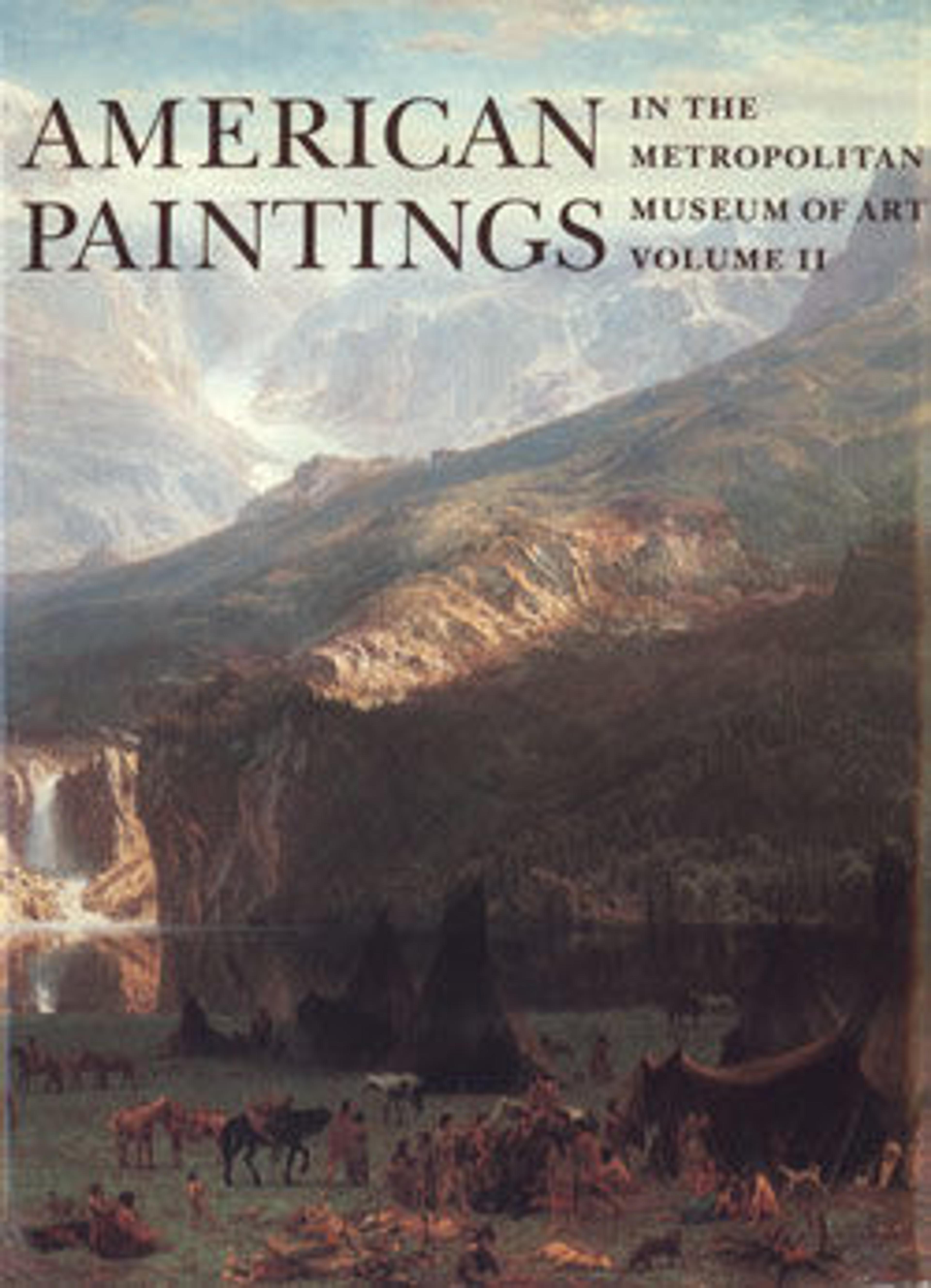The Quadroon
This painting retains its original title, The Quadroon, which is a demeaning term for a person of one-quarter Black descent used in the eighteenth and nineteenth centuries. During an 1850 tour of the South, Massachusetts-born artist George Fuller witnessed a mixed-race woman being sold at auction in Augusta, Georgia. The woman left a strong impression upon Fuller, who wrote in a January 26 letter, "Who is this girl with eyes large and black? … She is under thy feet, white man. … Is she not your sister?" Fuller became a critical observer of Southern Black life in the 1850s, before taking a seventeen-year hiatus from art to care for his family after his father’s death. In 1876, he returned to painting full-time and created a series of Southern scenes, including this one. The depiction of the enigmatic woman, with large dark eyes that had captivated Fuller decades earlier, is inspired by French pastoral imagery if particularized in an American context. In the background, three figures toil in a field, evoking the harsh realities of chattel slavery in the pre-Civil War United States.
Artwork Details
- Title:The Quadroon
- Artist:George Fuller (American, Deerfield, Massachusetts 1822–1884 Brookline, Massachusetts)
- Date:1880
- Culture:American
- Medium:Oil on canvas
- Dimensions:50 1/2 x 40 1/2 in. (128.3 x 102.9 cm)
- Credit Line:Gift of George A. Hearn, 1910
- Object Number:10.64.3
- Curatorial Department: The American Wing
More Artwork
Research Resources
The Met provides unparalleled resources for research and welcomes an international community of students and scholars. The Met's Open Access API is where creators and researchers can connect to the The Met collection. Open Access data and public domain images are available for unrestricted commercial and noncommercial use without permission or fee.
To request images under copyright and other restrictions, please use this Image Request form.
Feedback
We continue to research and examine historical and cultural context for objects in The Met collection. If you have comments or questions about this object record, please contact us using the form below. The Museum looks forward to receiving your comments.
